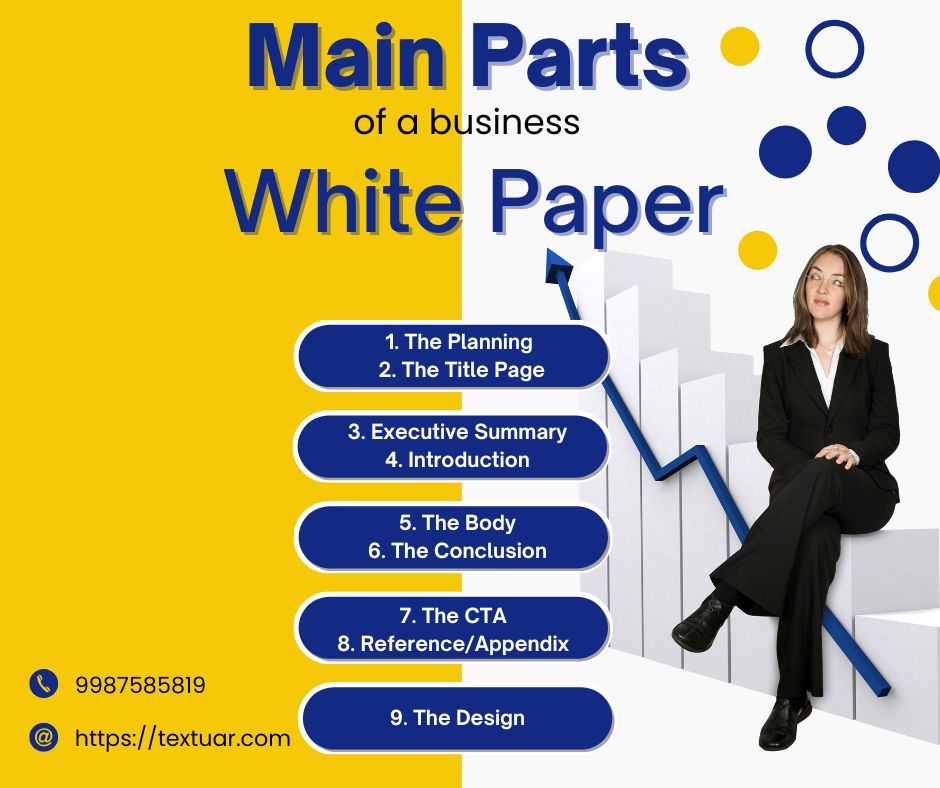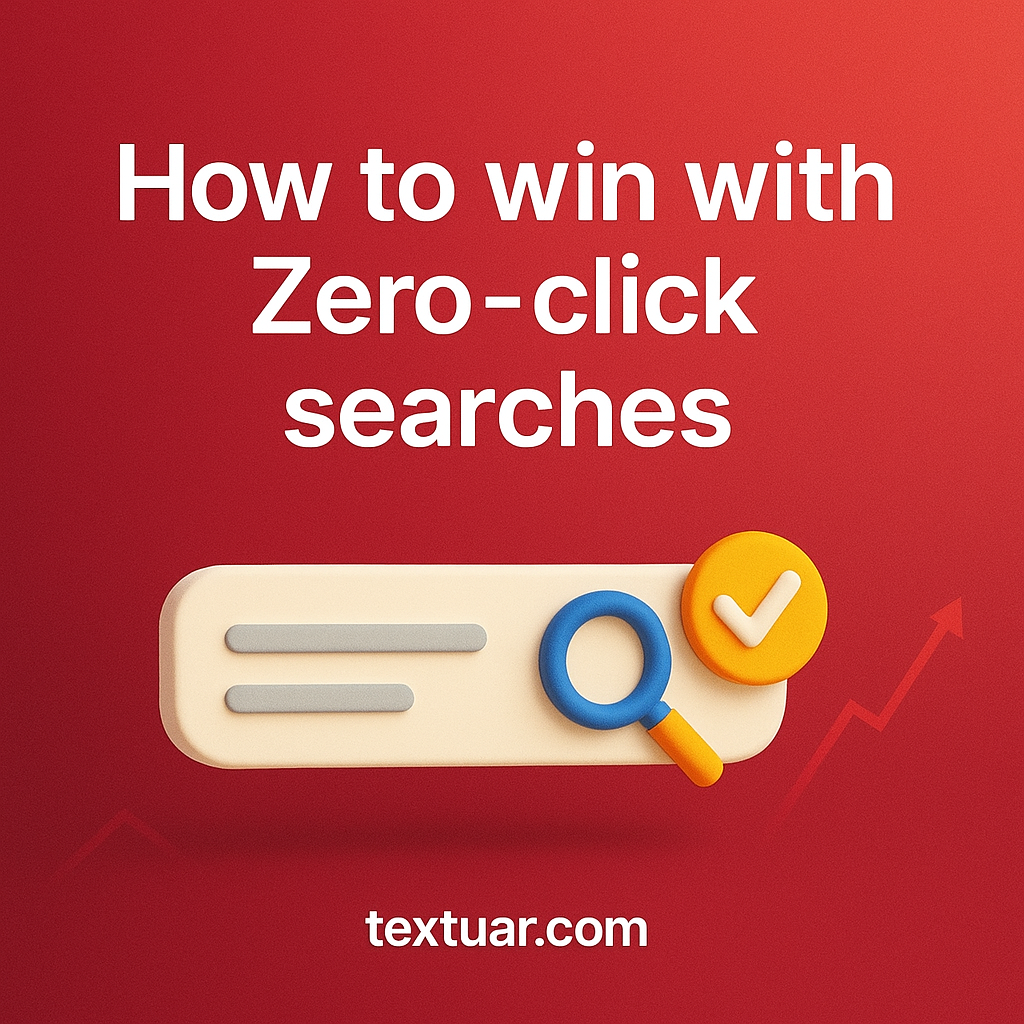Home » Subheadings in Article Writing – How to Create Them to Help Engage with Readers

Today’s digital content consumer has a notoriously short attention span. Since 2000, it has dropped from 12 seconds to 8 seconds. With the onset of COVID-19 and increased competition, marketers have to find out innovative ways to make content marketing a lead magnet. Now that means that article writing companies have a challenging dilemma – how to keep the readers hooked to the content.
=== Table of Contents ===
ToggleThe writer begins with the first task of crafting a memorable headline. With this USP, she strives hard to keep the reader from moving away from the blog.
Next, she tries to write conversational content that will make the content reading experience an enjoyable one.
In this part, you will notice an interesting piece of advice – “incorporate subheadings”.
Let’s see why this is an important part of the engagement objective of article writing.
What are sub-headings in article writing?
Many blogs have a typically well-defined structure. It starts with a title, has an intro that delves into the problem. This is followed by a main body that lists out a solution to a problem.
Many in-depth articles tend to be quite long. Now, it is natural that given the reader’s short attention span, there needs to be a way to keep him hooked enough to continue reading.
This is where the concept of subheading comes in.
A subheading is like a mini headline that carries the narrative forward.
Also, it comes in handy when the reader is first scanning the article to see if it is worth her time to read from start to end. Needless to say, a subheading will play a greater role in telling the reader that yes, it is well worth her time to stay on the article and read it till the end.
So, we can say that well-crafted subheadings help improve the engagement of the brand with the reader. So, make it a point to add a subheading every 200 words or so.
Benefits of subheadings in article content
1 – Splits long text into digestible chunks
Readability is an important prerequisite of reader engagement. Article writers know how not to make content consumption a draining experience. They take care of avoiding text fatigue with techniques like using lists, bullets and subheadings.
Subheadings serve a valuable purpose here. They help a writer to break up large text into smaller, digestible chunks. She will break the long text at key transitional points (for e.g., when it moves from “advantage no. 1” to “advantage no. 2”).
2 – Assists readers in scanning
Today’s reader is clever. She first checks if the content is worth reading.
How does she determine this?
She does this by scanning the text from top to bottom. This will entail a quick scan of the title and the subheadings.
Imagine if the subheading fails to entice the reader. She will simply close the browser and walk away. This demonstrates the importance of a catchy subheading.
3 – Provides direction to the narrative in article writing
Subheadings work towards helping the reader from one chunk of text to another. This is done without compromising the cohesiveness or flow of the content.
It seeks to prompt the reader to continue reading ahead. This helps maintain the momentum and sustain the reader’s interest in the article.
When do writers create the subheadings for an article?
Article writers know that they need to first create an outline to build a framework for an in-depth blog. This step happens during the research stage, much before beginning with the draft.
In this stage, the writer will collect the material and see if she has sufficient matter to write on a central theme in the article topic. During this collection phase, she will list down all points to cover. These points will follow a logical or step by step order.
Keeping this outline in front during the drafting phase will guide the writer. She knows exactly about
- What needs to be written?
- What is the next point to be covered?
- How many words to write per point in the body?
This is the point where subheadings need to be created.
Take an example of an article. Suppose the title is “3 Questions a Content Writer Should Ask Clients Before a Project”
The outline will be as below as per your research.
- Intro
- Question#1 – Type of content
- Question#2 – Client business
- Question#3 – Reader persona
- Conclusion
Now the writer has points#2 to 4 as the article body. She will then go on to craft a subheading that describes the point below it. So the three sub-headings can be
2 – “What type of content is needed from the content writer?”
3 – “What is the client business?”
4 – “Who is the reader for the content?”
When the reader scans these subheadings, she will get a clear idea about how the narrative is flowing. She will come to know the 3 questions.
Now it will pique her interest further.
She will want to know the what, how & why of each of the three subheadings.
How to create subheadings that keep readers hooked?
1 – They should create value
Don’t just write plain vanilla subheadings. These need to convey a clear understanding of what is the narrative of the point being discussed after the subheading.
2 – Test and re-test the subheadings
It is a classic sin to finalize the first subheading that comes to mind. You need to keep revising the subheading, till you are confident that it provides the necessary effect you expect it to have.
3 – Try writing the subheadings at the beginning
Smart content marketers know the importance of structuring the article. This can be done by providing an outline to the article before the writer begins with the draft. She will list out the various sections for two key purposes –
- It helps the writer to verify if the narrative is flowing smoothly without a jarring effect
- By delineating the copy, the writer can provide a logical structure to the content.
Lastly, don’t forget one key thing.
You need to mark the subheadings as either H2 or H3 in the HTML editor of your blog publishing site.
Typically it may be a WordPress site. Such sites allow the writer to enclose the H2/H3 tag around the subheadings.
To conclude
Today, every digital business is fighting to get noticed. You need to work hard on your content writing to create compelling articles.
It is equally true that readers are brutal when it comes to simply scan the text to decide if they need to stay longer. Writers know and accept it as a fact of life. That is why they make bullets, lists, and subheadings their friend when writing a compelling article.
Creating subheadings will go a long way in enticing readers to stay on the site for long. These tips will provide you with assistance on how to create subheadings in articles that cling to the readers’ minds.
Connect with an expert article writing company like Textuar to help extract more from your content marketing goals
Share This Post
Textuar
Categories
- AI content (2)
- AI SEO (2)
- Blog Writing (27)
- Content Marketing (23)
- Content Strategy (48)
- Content Writing (228)
- Copywriting (12)
- Ebook Writing (3)
- SEO (15)
Recent Posts

AI vs Human Content – How to Use Both in 2025 (+Choosing the Right Approach)
The AI vs. human content debate is missing the point. In 2025, the winning strategy is a hybrid approach, not choosing one over the other. Use AI for speed, scale, and data-driven tasks like research and drafting. Rely on human writers for emotional connection, creativity, fact-checking, and nuanced storytelling. This blend ensures content is both efficient and deeply engaging, ranking well on search engines while building audience trust. The key is leveraging each for their strengths, not choosing one exclusively. Contact Textuar for content writing services.

SEO A/B Testing – The Complete Guide
In this post, we will dive into –
-what SEO A/B testing means in 2025,
-what changes in the landscape you need to keep in mind,
-the step-by-step process,
-common pitfalls,
-how to check, and
-advanced trends.
By the end, you should have a clear roadmap to run SEO A/B tests effectively and get meaningful gains.

The Anatomy of a Winning White Paper: A Writing & Structure Guide
A successful white paper is a strategic lead generation content asset. This guide breaks down its essential parts: a compelling title, an executive summary for busy readers, a data-driven body that builds authority, and a strategic call to action. Also we see why Textuar is the preferred white paper writing company for your brand amplification needs.

Top 9 Content Writing Companies in Mumbai – 2025 Edition
This guide curates Mumbai’s premier content writing agencies, essential for ranking on both search and answer engines like AI Overviews. Leading names include Textuar Communications, celebrated for its strategic, SEO-powered content and 15 years of experience, alongside other experts like JustWords and Lexiconn. The blog provides a detailed comparison of their USPs, services, and ratings, concluding that partnering with a specialist agency like Textuar is a strategic investment for driving growth and visibility in the digital age.

Zero-Click SEO: Thrive in 2025’s Search Landscape
Zero-click searches now dominate, with 60% of Google queries ending without a click. Marketers must optimize for zero-click SEO. So, they need to shift focus from traffic to visibility and authority. Adapt by optimizing for featured snippets, leveraging E-A-T, diversifying content formats, and tracking brand impressions. Embrace zero-click as an opportunity for brand influence, not a threat. Get Textuar’s content marketing services to win with zero-click searches.

Related Posts

5 Ways to Boost SEO with User-Generated Content
Digital customers have fast evolved into discerning, tech-savvy decision-makers. For content marketers, this means that the journey from product awareness

9 Content Writing Skills You Need to Succeed In 2025
Content is the reason the search began in the first place. The world of high-quality content creation is evolving speedily.

All You Need to Know About Web Copywriting
The online space needs a lot of quality and helpful content to make a mark in the target reader’s

